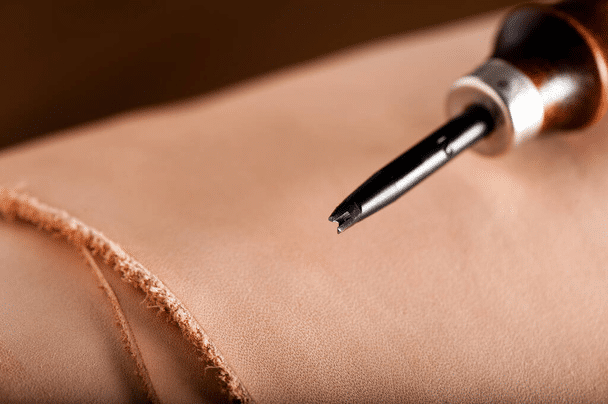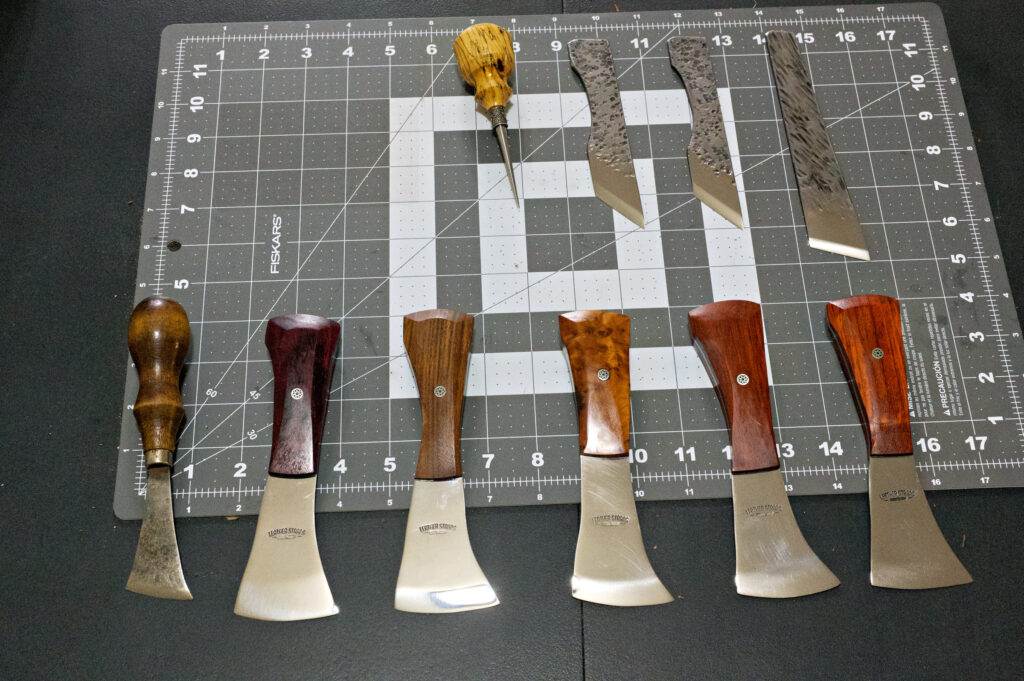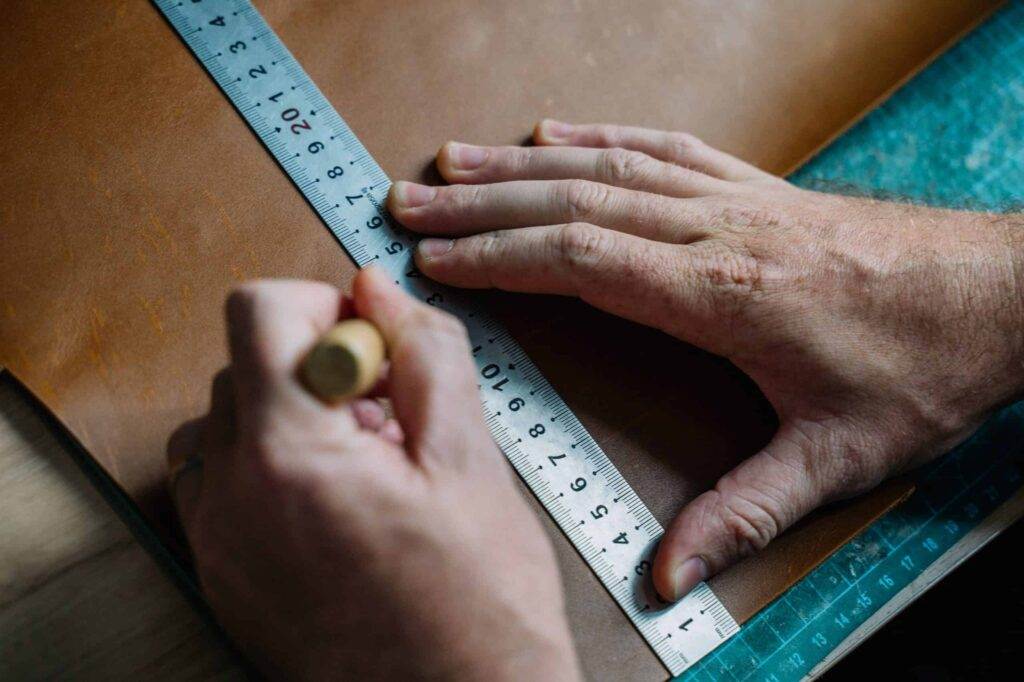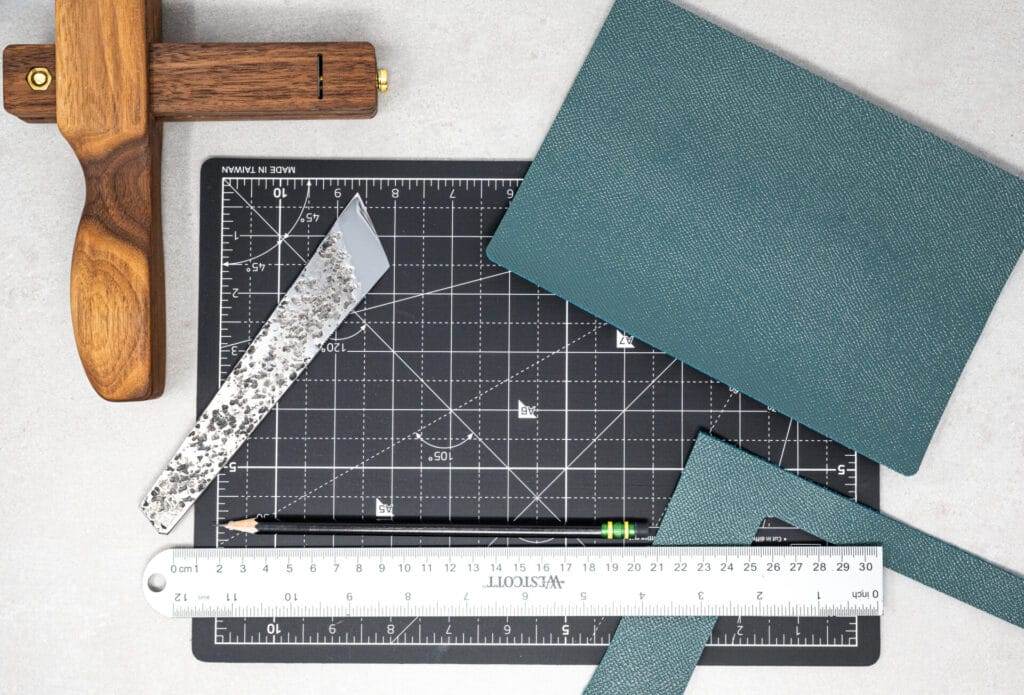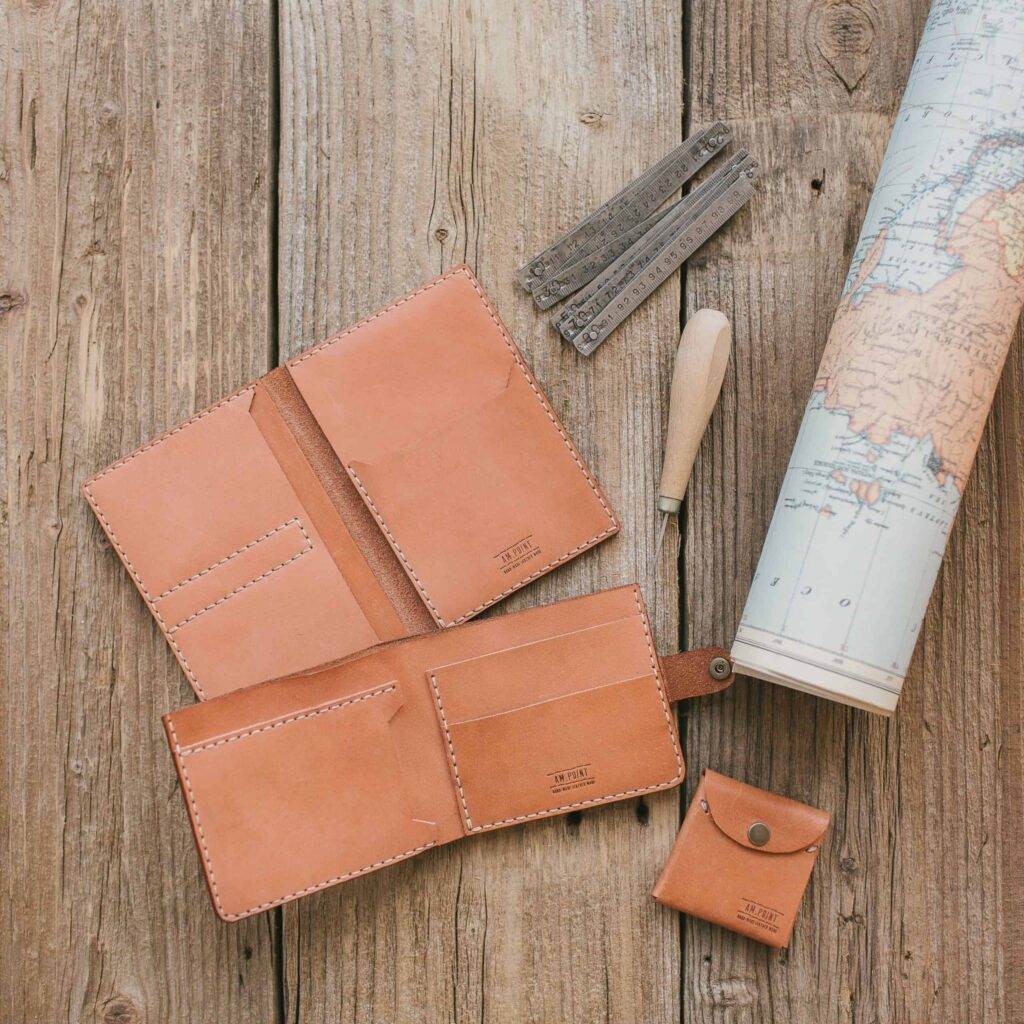Vintage-Style Leathercraft Watch Strap Creation
Vintage-style leathercraft watch straps have become increasingly popular among watch enthusiasts and fashion aficionados alike. These straps not only serve a functional purpose but also add a touch of elegance and character to any timepiece. The allure of vintage leather lies in its rich history and the craftsmanship that goes into creating each piece.
Unlike mass-produced alternatives, vintage-style straps often tell a story, reflecting the artistry and dedication of skilled artisans who pour their heart and soul into their work. The charm of vintage leather straps is rooted in their unique textures, colors, and finishes. Each strap is a testament to the natural aging process of leather, which develops a patina over time, enhancing its beauty and individuality.
This organic evolution is what sets vintage-style straps apart from synthetic materials, making them a preferred choice for those who appreciate authenticity and craftsmanship. As we delve deeper into the world of vintage-style leathercraft watch straps, we will explore the various aspects involved in creating these timeless accessories.
Key Takeaways
- Vintage-style leathercraft watch straps offer a timeless and classic look for any timepiece, adding a touch of sophistication and style to your wrist.
- When choosing the right leather for the strap, consider factors such as durability, flexibility, and aesthetic appeal to ensure a high-quality and long-lasting product.
- Designing and cutting the leather strap requires precision and attention to detail, taking into account the size, shape, and style of the watch to create a perfect fit.
- Stitching and assembly techniques play a crucial role in the strength and durability of the strap, with options such as hand-stitching and machine stitching offering different aesthetic and functional benefits.
- Adding hardware and finishing touches, such as buckles, clasps, and edge painting, can elevate the overall look of the strap and provide a polished and professional appearance.
Choosing the Right Leather for the Strap
Selecting the appropriate leather is crucial when crafting a vintage-style watch strap. The type of leather chosen will significantly influence the strap’s durability, appearance, and overall feel. Full-grain leather is often regarded as the best option for watch straps due to its natural strength and ability to develop a beautiful patina over time.
This type of leather retains the original grain and imperfections of the hide, making each strap unique. Additionally, full-grain leather is breathable, ensuring comfort against the skin while also being resistant to wear and tear. Another popular choice is top-grain leather, which is slightly more processed than full-grain but still offers a high level of quality.
Top-grain leather has a more uniform appearance, making it an excellent option for those who prefer a sleek look. However, it may not develop the same depth of character as full-grain leather over time. For those seeking a more budget-friendly option, genuine leather can be considered, though it may lack the durability and aesthetic appeal of higher-quality leathers.
Ultimately, the choice of leather should align with the desired look and feel of the finished strap.
Designing and Cutting the Leather Strap
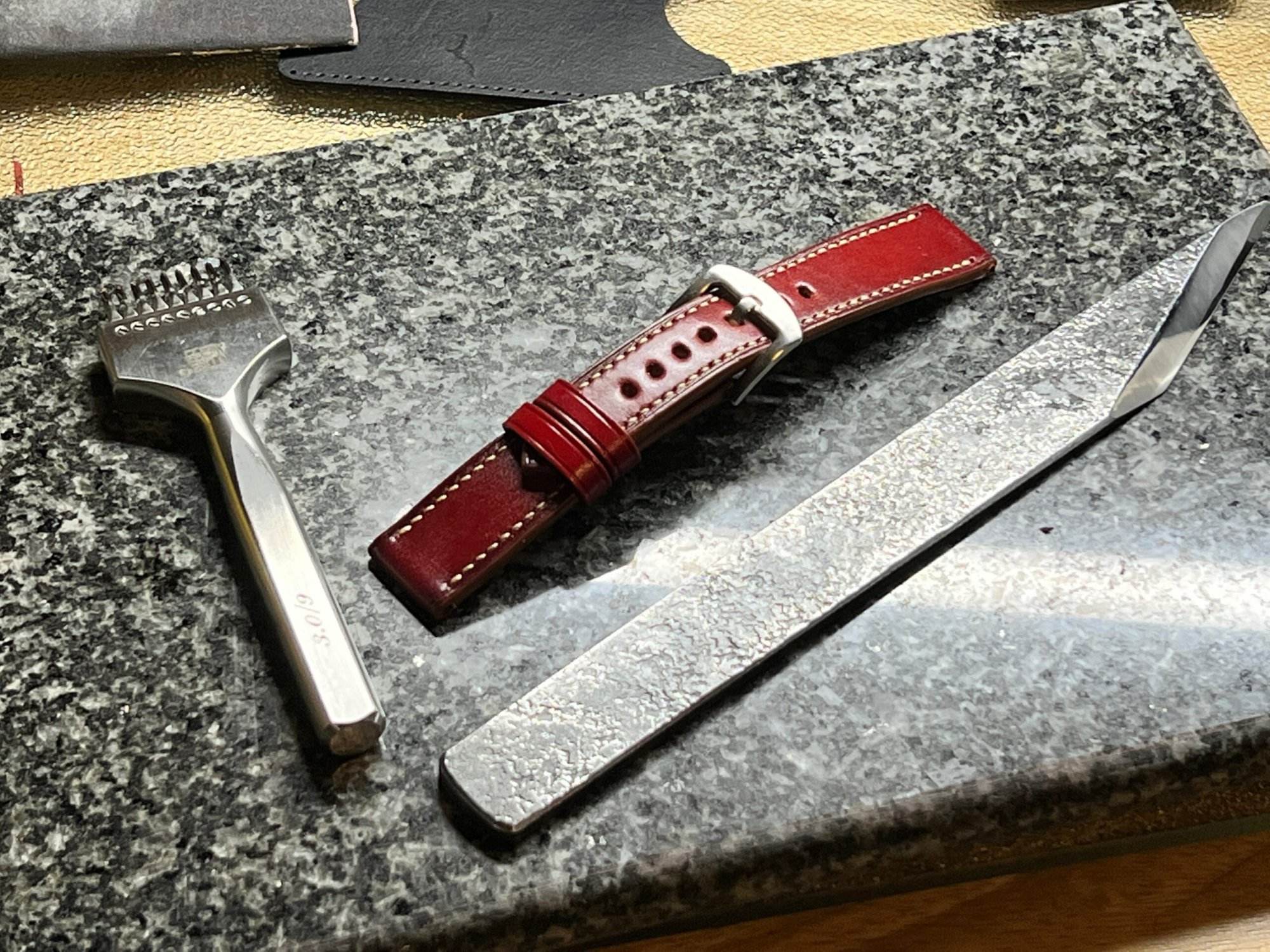
Once the right leather has been selected, the next step involves designing and cutting the strap. This process begins with taking precise measurements of the watch lugs to ensure a perfect fit. A well-designed strap not only complements the watch but also enhances its overall aesthetic.
Sketching out the design on paper can help visualize how the strap will look once completed. Considerations such as width, length, and tapering should be taken into account during this stage. After finalizing the design, it’s time to cut the leather.
Using a sharp utility knife or rotary cutter ensures clean edges, which are essential for a polished finish. A cutting mat can provide a stable surface while protecting both the blade and the work surface. It’s advisable to cut slightly larger than the intended size to allow for adjustments during assembly.
Precision is key in this step; any discrepancies can affect how well the strap fits onto the watch and how it looks when worn.
Stitching and Assembly Techniques
Stitching is one of the most critical aspects of assembling a vintage-style leather watch strap. The stitching not only secures the layers of leather together but also adds an aesthetic element that can enhance the overall design. There are various stitching techniques available, with saddle stitch being one of the most popular choices among leathercrafters.
This method involves using two needles and a single thread, creating a strong and durable seam that is less likely to unravel over time. Before stitching, it’s essential to prepare the leather by making small holes along the edges where the stitches will go. This can be done using an awl or a stitching chisel, ensuring that the holes are evenly spaced for a professional appearance.
Once the holes are made, threading the needles through each hole in a consistent manner will yield a neat finish. After completing the stitching process, it’s advisable to apply some edge finishing techniques to smooth out any rough edges and give the strap a refined look.
Adding Hardware and Finishing Touches
With the stitching complete, it’s time to add hardware and finishing touches to the vintage-style watch strap. The choice of hardware can significantly impact both functionality and aesthetics. Buckles come in various styles and materials, including stainless steel, brass, or even antique finishes that complement the vintage theme.
Selecting hardware that matches or contrasts with the leather can create an eye-catching effect. Finishing touches such as edge burnishing and dyeing can elevate the overall appearance of the strap. Edge burnishing involves smoothing out the cut edges of the leather using tools or techniques that create a polished look.
Dyeing allows for customization in color, enabling crafters to match or contrast with their watch faces or personal style preferences. Applying a protective finish can also enhance durability while providing resistance against moisture and dirt.
Customization and Personalization Options
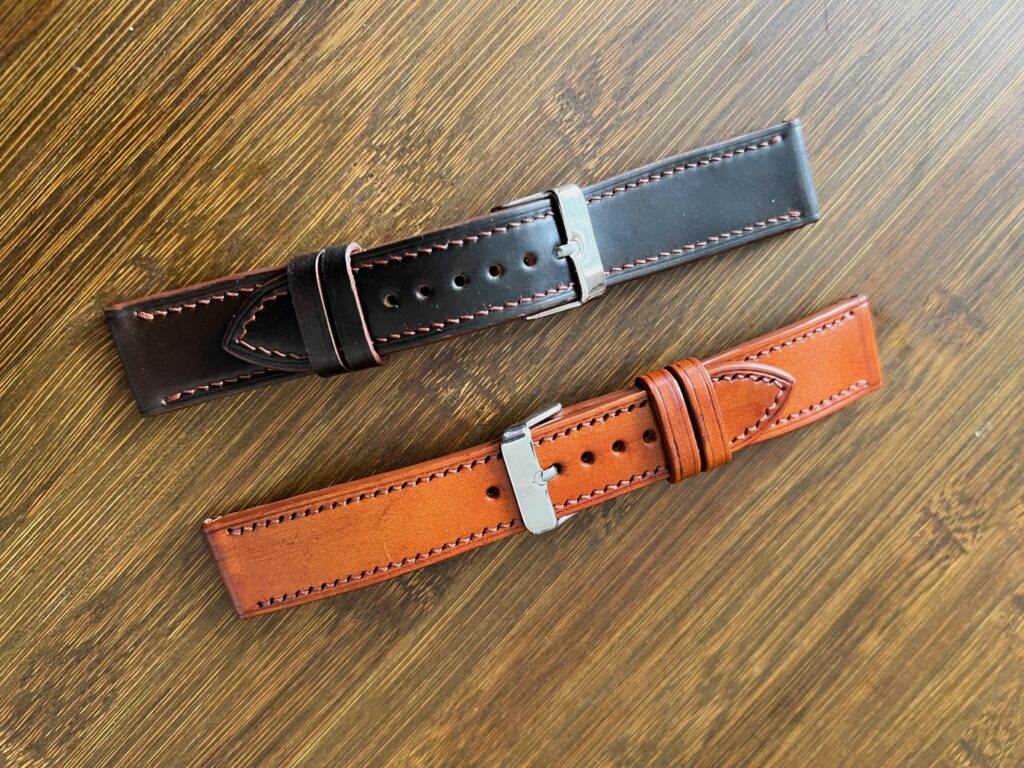
One of the most appealing aspects of vintage-style leathercraft watch straps is the opportunity for customization and personalization. Many artisans offer options for monogramming or embossing initials onto the strap, adding a unique touch that reflects individual style. This personal element transforms an ordinary watch strap into a cherished accessory that tells a story about its owner.
Beyond monogramming, customization can extend to color choices, stitching patterns, and even unique designs carved into the leather. Some crafters may offer options for different textures or finishes, allowing customers to select a strap that truly resonates with their personal aesthetic. The ability to create a one-of-a-kind piece makes vintage-style leathercraft watch straps not just accessories but also meaningful keepsakes.
Care and Maintenance of Vintage-Style Leather Watch Straps
To ensure longevity and maintain their beauty, vintage-style leather watch straps require proper care and maintenance. Regular cleaning is essential to remove dirt and oils that can accumulate over time. A soft cloth dampened with water or a gentle leather cleaner can effectively clean the surface without damaging the material.
It’s important to avoid soaking the leather, as excessive moisture can lead to warping or discoloration. Conditioning is another vital aspect of leather care. Applying a high-quality leather conditioner periodically helps keep the material supple and prevents it from drying out or cracking.
When storing vintage-style straps, it’s best to keep them in a cool, dry place away from direct sunlight to prevent fading or damage from heat exposure. By following these care guidelines, owners can enjoy their vintage-style leather watch straps for years to come.
Embracing the Timeless Appeal of Vintage-Style Leathercraft Watch Straps
In conclusion, vintage-style leathercraft watch straps embody a timeless appeal that resonates with those who appreciate craftsmanship and individuality. From selecting high-quality leather to designing unique pieces that reflect personal style, every step in creating these straps is an art form in itself. The ability to customize and personalize further enhances their allure, making them not just functional accessories but also cherished items that tell a story.
As we embrace this resurgence of interest in vintage-style leathercraft watch straps, it becomes clear that they are more than mere fashion statements; they are expressions of identity and artistry. Whether worn daily or reserved for special occasions, these straps serve as reminders of craftsmanship’s enduring legacy in an age dominated by mass production. By investing in a vintage-style leather watch strap, one not only adorns their wrist with elegance but also supports traditional artisanship that values quality over quantity.
FAQs
What is a vintage-style leathercraft watch strap?
A vintage-style leathercraft watch strap is a watch band made from high-quality leather using traditional leatherworking techniques to create a classic and timeless look.
What materials are used to create a vintage-style leathercraft watch strap?
Vintage-style leathercraft watch straps are typically made from high-quality leather, such as full-grain or top-grain leather. Other materials used may include waxed thread, leather dye, and hardware such as buckles and rivets.
What tools are used in the creation of a vintage-style leathercraft watch strap?
Common tools used in the creation of a vintage-style leathercraft watch strap include leather cutting tools, edge bevelers, stitching chisels, pricking irons, mallets, and leather punches. Additionally, a stitching pony or clamp may be used to hold the leather in place while stitching.
What are the steps involved in creating a vintage-style leathercraft watch strap?
The creation of a vintage-style leathercraft watch strap typically involves cutting the leather to size, skiving the edges for a smooth finish, dyeing and finishing the leather, punching stitching holes, and hand-stitching the strap together. Hardware such as buckles and rivets may also be added.
How can I care for a vintage-style leathercraft watch strap?
To care for a vintage-style leathercraft watch strap, it is recommended to regularly clean the leather with a damp cloth and mild leather cleaner. Additionally, conditioning the leather with a leather conditioner or cream can help keep it supple and prevent drying or cracking. Avoid exposing the strap to excessive moisture or direct sunlight.


